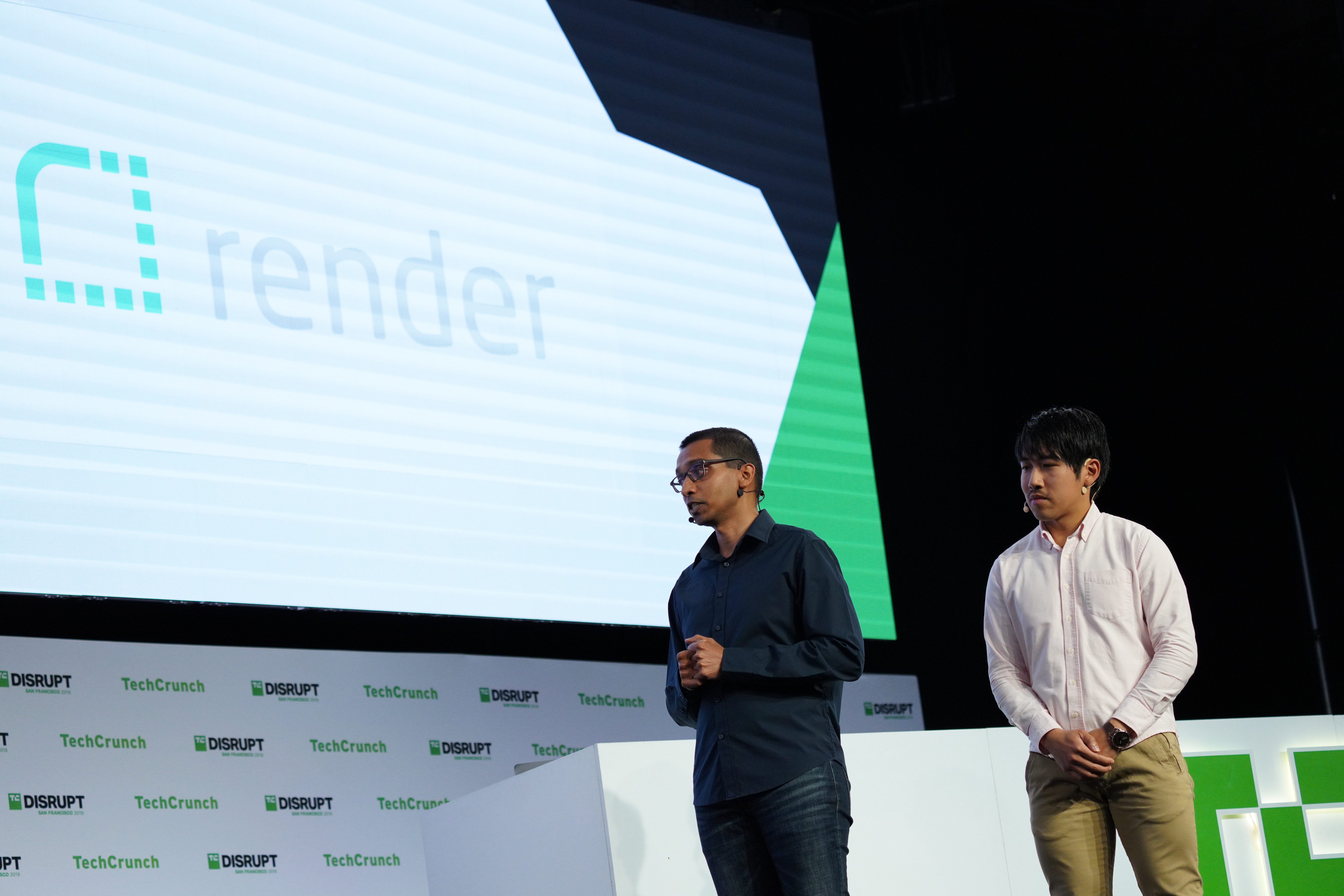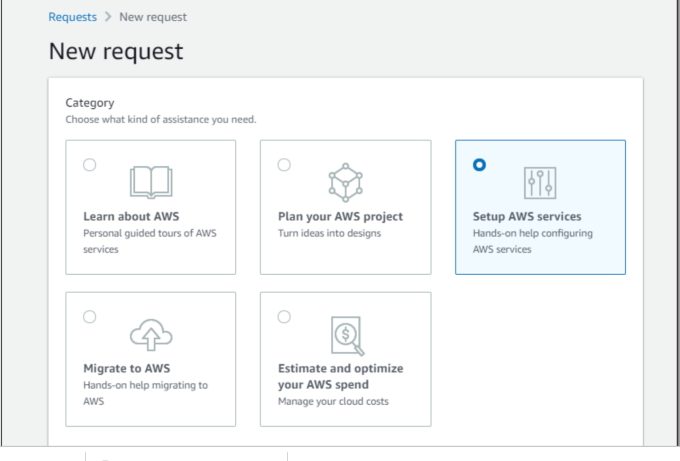Annual Extra Crunch members can receive $1,000 in AWS credits
We’re excited to announce a new partnership with Amazon Web Services for annual members of Extra Crunch. Starting today, qualified annual members can receive $1,000 in AWS credits. You also must be a startup founder to claim this Extra Crunch community perk.
AWS is the premier service for your application hosting needs, and we want to make sure our community is well-resourced to build. We understand that hosting and infrastructure costs can be a major hurdle for tech startups, and we’re hoping that this offer will help better support your team.
What’s included in the perk:
- $1,000 in AWS Promotional Credit valid for 1 year
- 2 months of AWS Business Support
- 80 credits for self-paced labs
Applications are processed in 7-10 days, once an application is received. Companies may not be eligible for AWS Promotional Credits if they previously received a similar or greater amount of credit. Companies may be eligible to be “topped up” to a higher credit amount if they previously received a lower credit.
In addition to the AWS community perk, Extra Crunch members also get access to how-tos and guides on company building, intelligence on what’s happening in the startup ecosystem, stories about founders and exits, transcripts from panels at TechCrunch events, discounts on TechCrunch events, no banner ads on TechCrunch.com and more. To see a full list of the types of articles you get with Extra Crunch, head here.
You can sign up for annual Extra Crunch membership here.
Once you are signed up, you’ll receive a welcome email with a link to the AWS offer. If you are already an annual Extra Crunch member, you will receive an email with the offer at some point today. If you are currently a monthly Extra Crunch subscriber and want to upgrade to annual in order to claim this deal, head over to the “my account” section on TechCrunch.com and click the “upgrade” button.
This is one of several new community perks we’ve been working on for Extra Crunch members. Extra Crunch members also get 20% off all TechCrunch event tickets (email extracrunch@techcrunch.com with the event name to receive a discount code for event tickets). You can learn more about our events lineup here. You also can read about our Brex community perk here.
![]()




